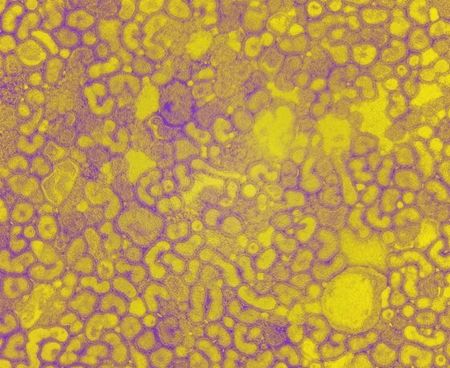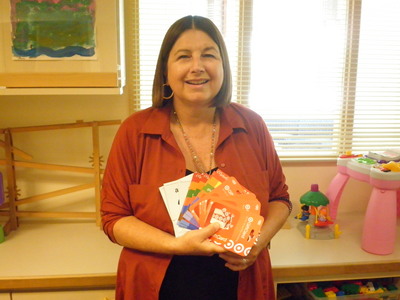December 12, 2012 at 10:37 am
Published by Stanford Blood Center

By Lia Steakley, Writer for Stanford School of Medicine's Communications & Public Affairs Department
This article was adapted from material provided by the Stanford University School of Medicine. Click here to be taken to the original article.
Back in September, Lucile Packard Children's Hospital broke ground on its 512,000-square-foot expansion, which will add 150 patient rooms, more treatment areas and the newest in medical technology. The current issue of Stanford Medicine Newsletter includes a story that lays out the plans for the new addition, which is scheduled to open in December 2016.
November 8, 2012 at 9:54 am
Published by Stanford Blood Center

By Lia Steakley, Writer for Stanford School of Medicine's Communications & Public Affairs Department
This article was adapted from material provided by the Stanford University School of Medicine. Click here to be taken to the original article.
The image above may look like a piece of abstract art, but it actually depicts influenza A. One of the three flu virus types responsible for the fatigue, fever and other symptoms that plague many of us from October to May, influenza A can infect people, birds and other animals.
While the 2011 influenza season was especially mild, that may not be the case this year. To help you and your family prepare for the flu season, we asked Corry Dekker, MD, medical director of the Stanford-Lucile Packard Children's Hospital Vaccine Program, to respond to your questions about the flu and vaccine research.
August 13, 2012 at 11:46 am
Published by Stanford Blood Center

By Sinead Borgersen, Coordinator for Nimsoft Blood Drives
My two-year-old son Faelan has a hereditary red blood cell fragility disorder called hereditary spherocytosis. He inherited it from me and I inherited from my mother with another of my siblings. His red blood cells are fragile and spherical in shape instead of the normal donut shape due to a defective gene that causes the shell to be misshapen, like a pole missing in a tent. His red blood cells live a shorter life and the spleen becomes enlarged as it attacks the red blood cells, causing them to live a very shortened lifespan of 3-10 days. So he is anemic and fatigues easily.
May 31, 2012 at 3:33 pm
Published by Stanford Blood Center

By Julie Ruel, Social Media Manager, Stanford Blood Center
Earlier this year, we added a new option to our online store, offering donors a unique way of spending the points they earn through their donations. In addition to the usual thank-you gifts such as apparel, athletic gear, and coupons, donors had the opportunity to donate their points to help support Lucile Packard Children's Hospital (LPCH) and The Safe Blood Africa Project.

April 17, 2012 at 10:48 am
Published by Stanford Blood Center
Casey Rockey was born with supravalvular aortic stenosis, a rare heart condition that causes a narrowing of his aortic valve at the opening. He required beta blockers for a year to manage his stenosis and tachycardia and, at age three and a half, it was time for open-heart surgery.
September 30, 2011 at 8:00 am
Published by Stanford Blood Center
By Julie Ruel, Social Media Manager, Stanford Blood Center
About every two seconds somebody in the U.S. needs blood. An estimated 38% of the population is eligible to give blood at any given time but less than 10% actually do. So blood centers must work hard to keep a constant supply on their shelves and ready to go. And as you know, we all rely on the support of generous volunteer donors. At Stanford Blood Center (SBC) specifically, we provide blood only to local hospitals and depend on the busy Bay Area folks (of which just 3% are active blood donors) to keep our inventory healthy.





